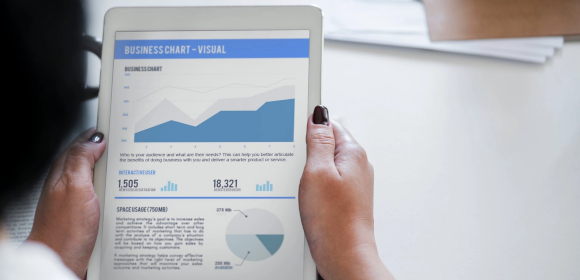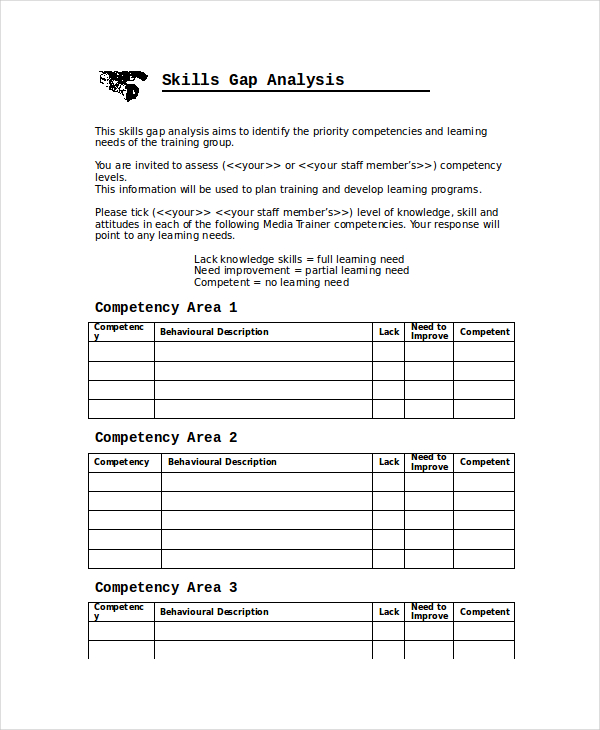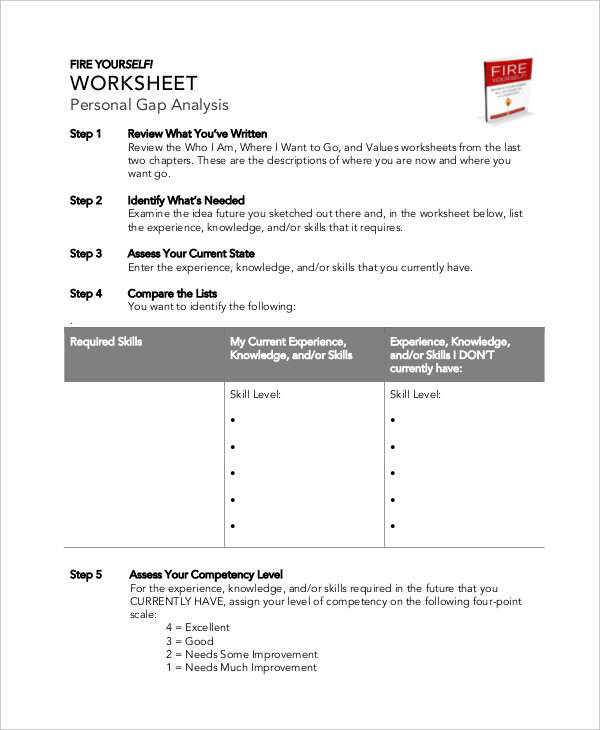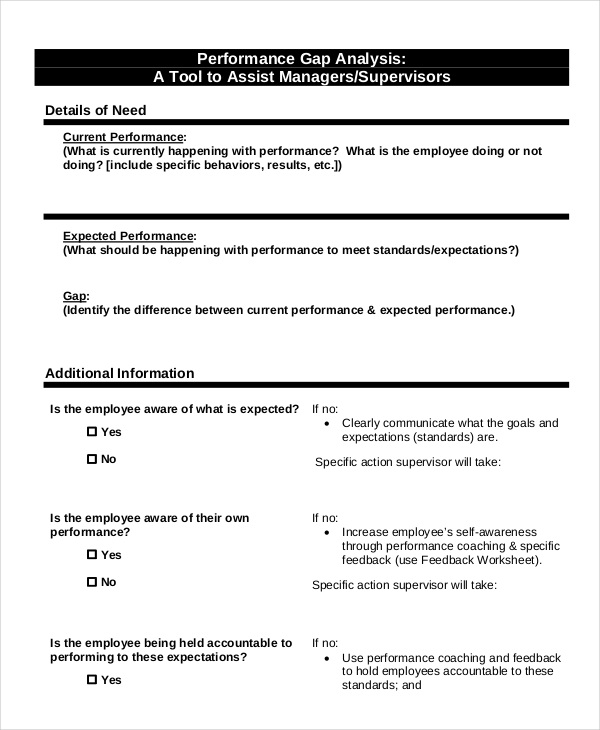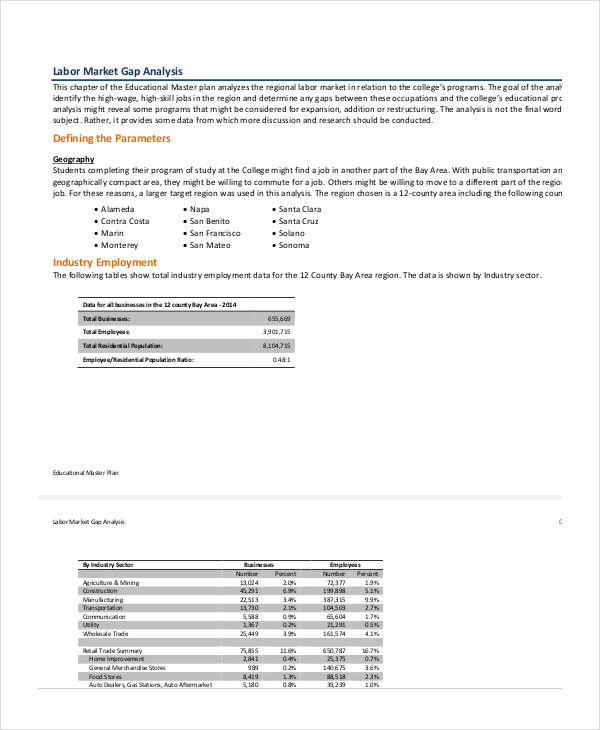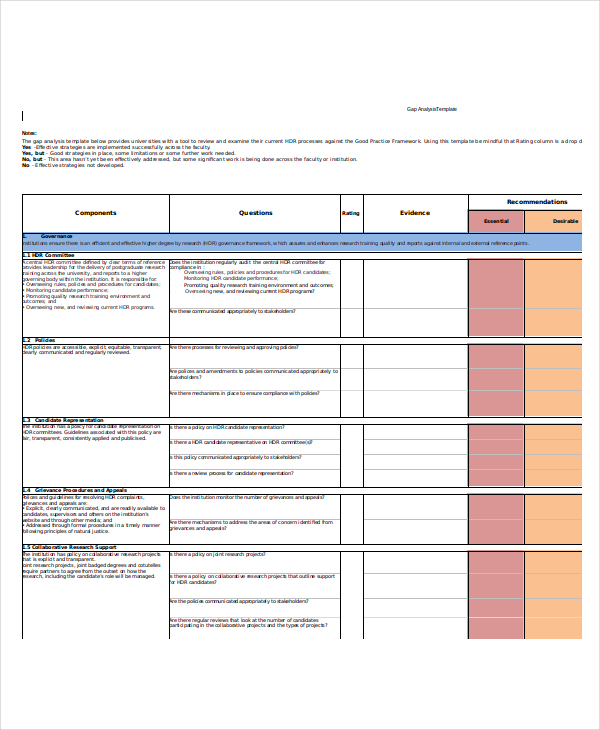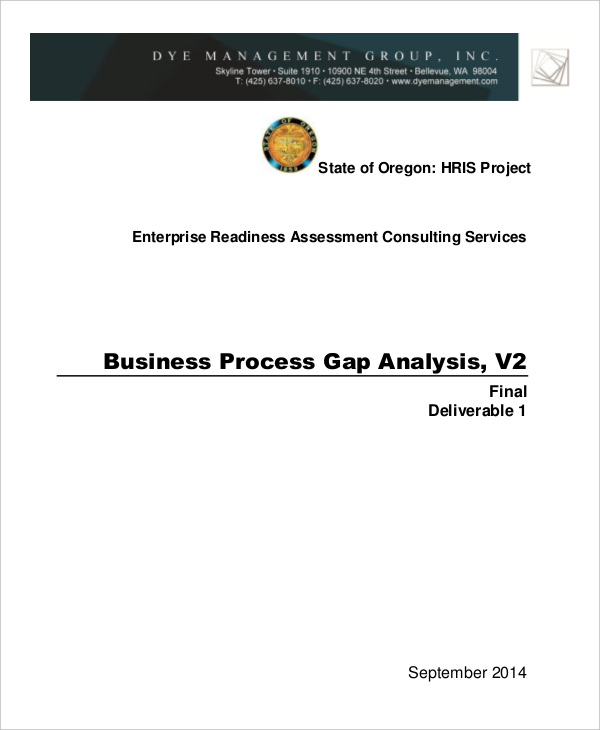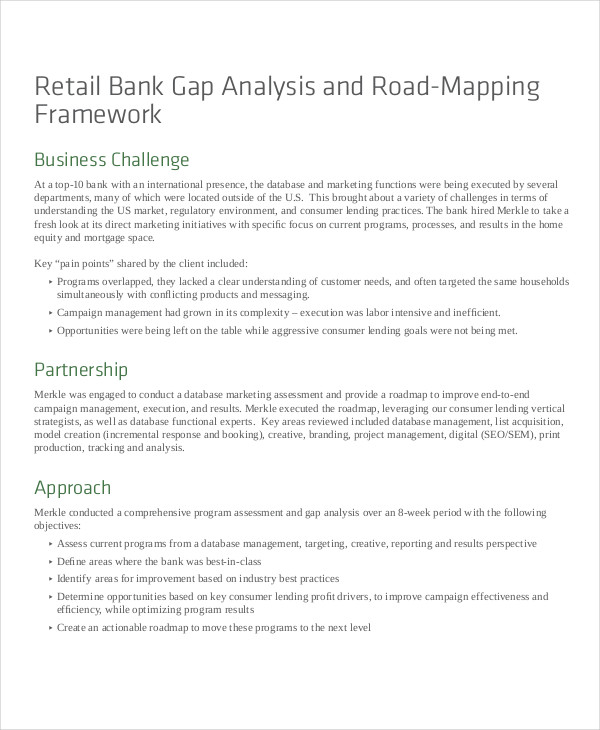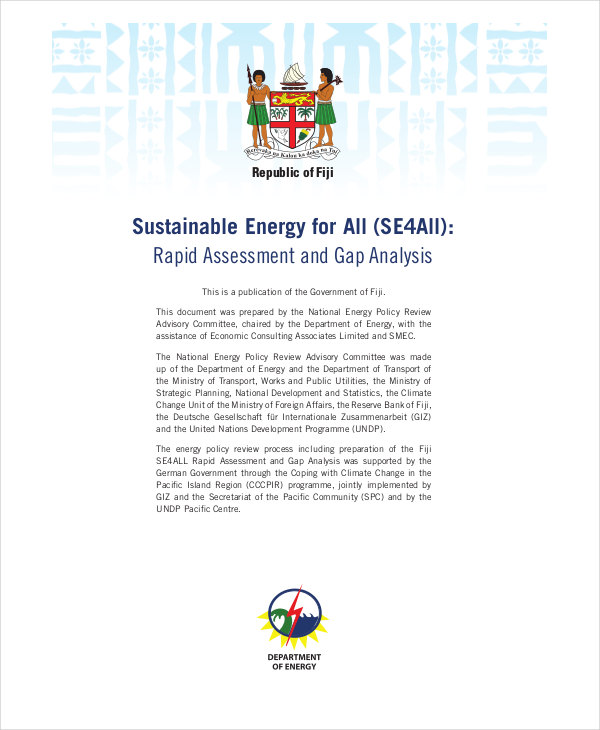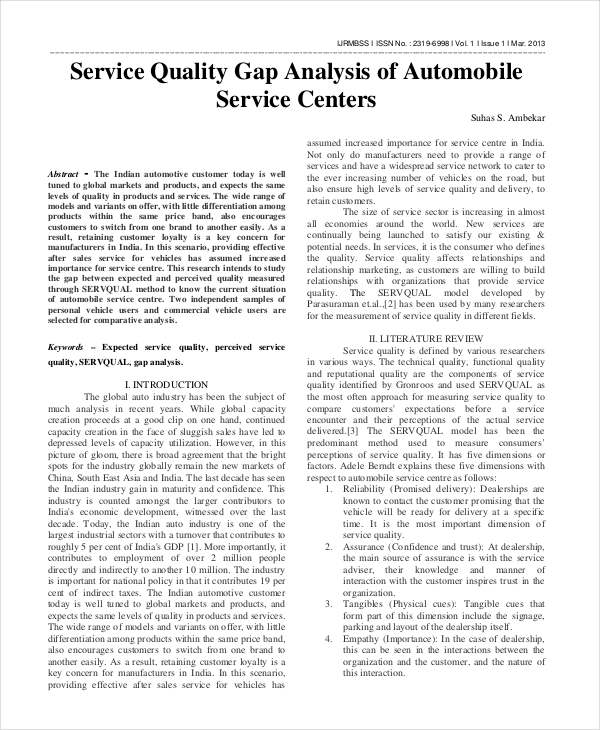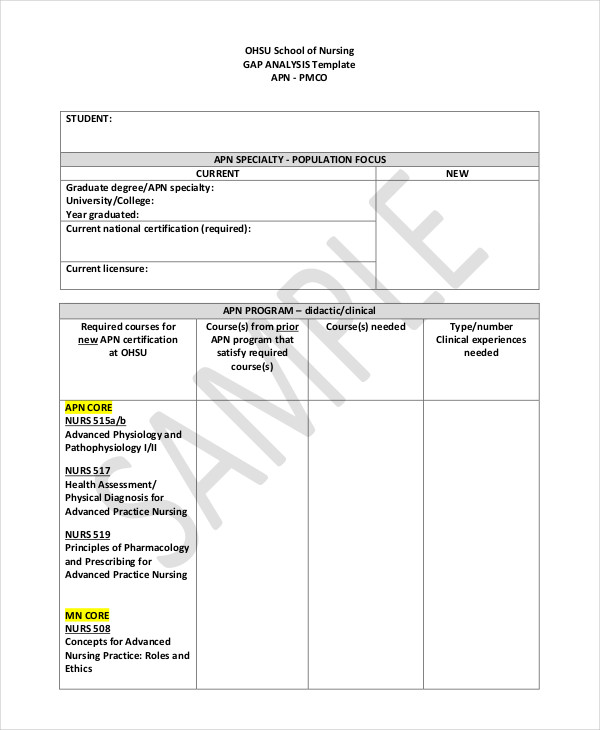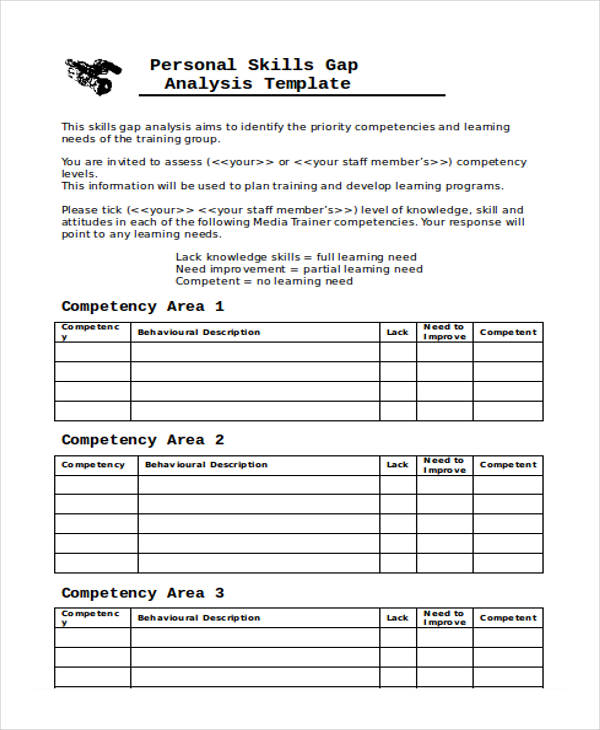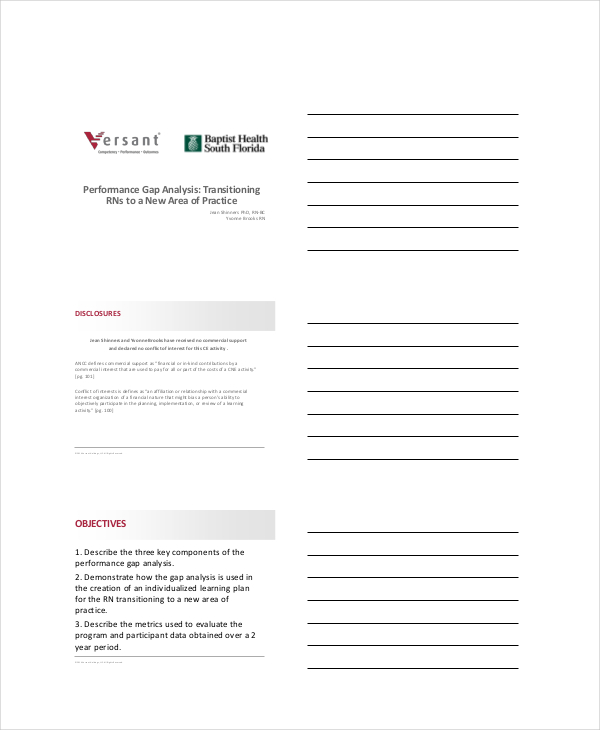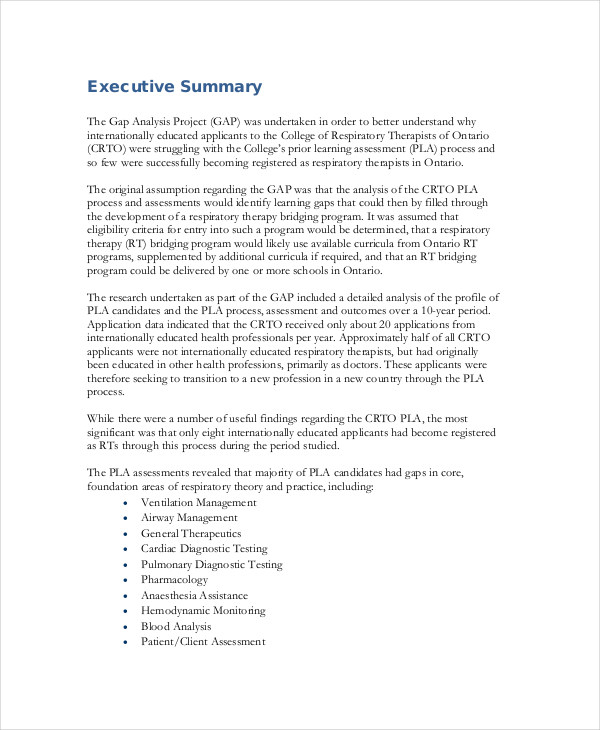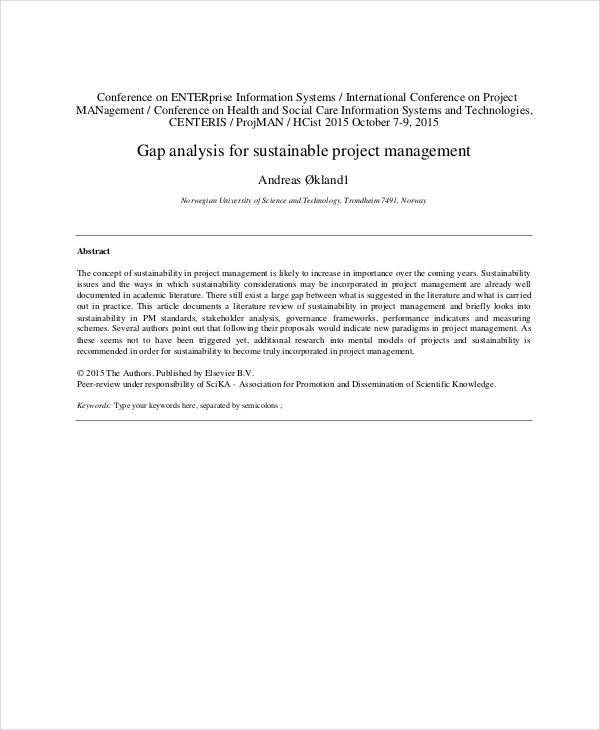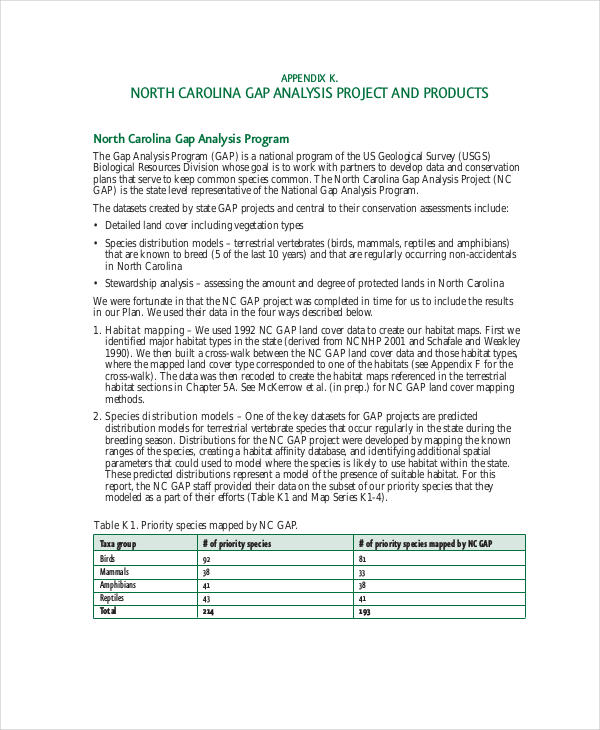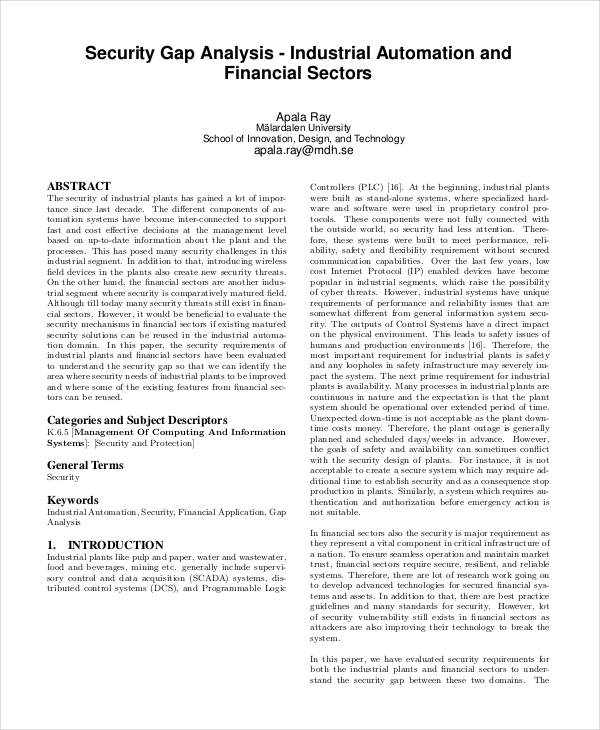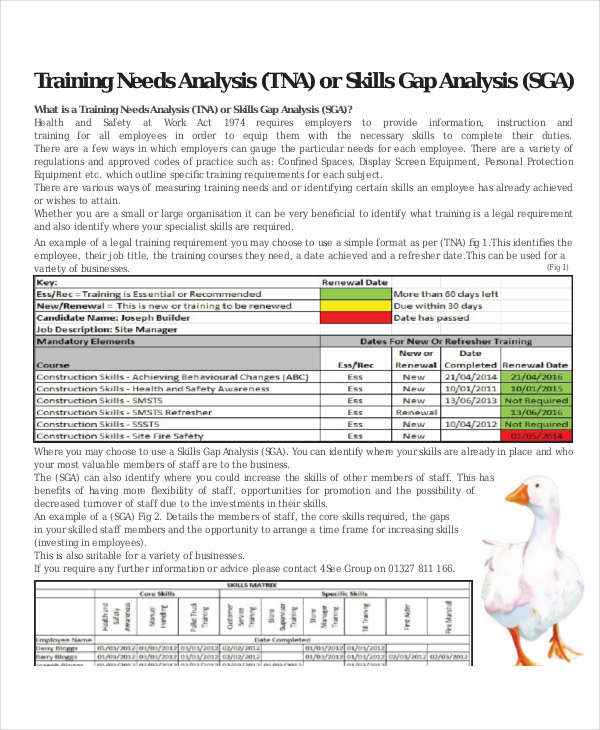27+ Gap Analysis Examples to Download
The comparison of actual performance to the desired output is what gap analysis is all about. Just like market analysis, gap analysis helps both small businesses and big corporations to identify the potential that they still have to ensure bigger returns and better operations. Gap analysis is not just for corporate processes. There are also other kinds of gap analysis that are used in circumstances involving skills development, training improvement, and security betterment. Examples of these are Analysis Examples in Word and Needs Analysis Examples.
Gap analysis commonly focuses on the organization of the business, the direction where the business would like to go, the processes of the business, and the information technology used to link corporate movements. Browse through the selection of downloadable gap analysis examples in this post so you can have an idea on how to develop an outstanding gap analysis for your business or for whatever intentions you have in creating one. You may also see statement analysis examples & samples.
Gap Analysis Template

Market Gap Analysis Example

Healthcare Gap Analysis
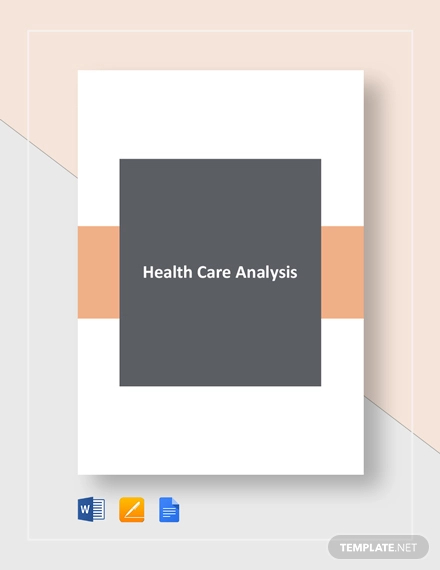
Education Gap Analysis

Safety Gap Analysis
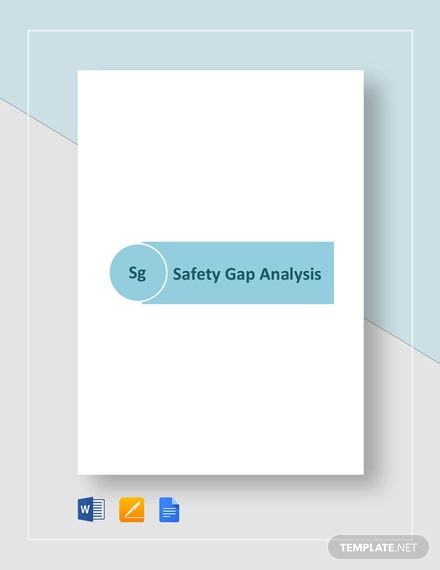
Security Gap Analysis
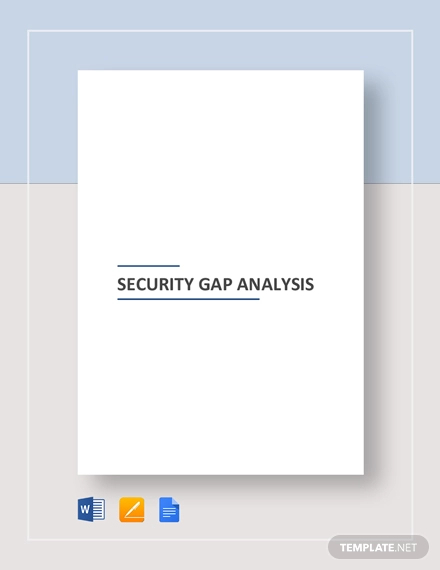
System Gap Analysis
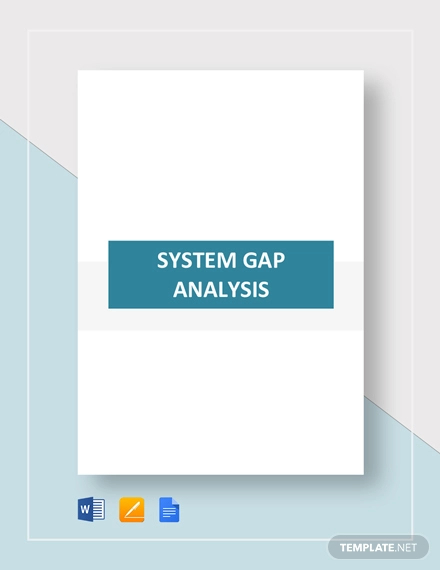
Gap Analysis Example
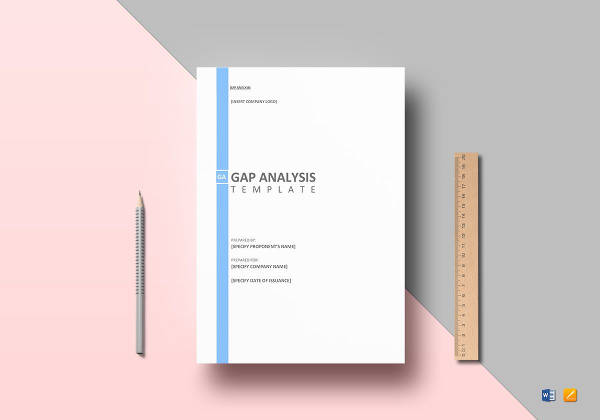
Skills Gap Analysis
Free Skills Gap
Personal Skills Analysis
Performance Gap Analysis
Employee Performance Gap
What Is Gap Analysis?
Aside from market analysis, workforce analysis, and safety analysis examples, businesses also need to give importance to gap analysis. If you do not have any idea why it is necessary for businesses to have gap analysis, listed below are some of the things that can help you further understand what a gap analysis is.
Gap analysis helps companies and other entities to ensure that they are aware of the gaps between the optimization and usage of resources from the level of allocation that the business currently experiences. This means that gap analysis identifies the worth that is given back to the business from the integration and usage of its specific inputs. You may also like critical analysis examples & samples. Through the comparison of the current condition of the business to its potential future operations, the management can identify the loopholes of the company where corrective actions and measures can be injected. You may also check out process analysis examples & samples.
Why Do You Need a Gap Analysis?
Just like when developing different simple analysis examples, having a gap analysis is an additional task for the business. This is the reason why not all companies have this document. The returns of creating gap analysis can actually make up for the efforts and time exerted by the business to have one. Here are some of the reasons why you need a gap analysis:
1. With gap analysis, you can have a firsthand study of the different stages of your business. This can help you identify the standards that you need to meet and the ways on which these standards can be achieved. Overall business development can be attained if gap analysis is taken seriously. You might be interested in operational analysis examples & samples.
2. Through gap analysis, the company can give more importance to the expectations of its stakeholders. These stakeholders include the customers, the investors, and the potential market that can be tapped by the business. The improvement of the company through the help of gap analysis can also develop the experiences of the stakeholders and their perception about the company and the management. You may also see requirements analysis examples & samples.
3. Creating a gap analysis can make the business be more aware of the standards of its services and offer. Communication lines can be more developed if the company knows how to properly address issues and concerns.
Market Gap Analysis
Share Gap Analysis
Labor Market Gap
Product Gap Analysis
Business Gap Analysis
Small Business Analysis
Business Process Gap
Bank Gap Analysis
Retail Bank Gap
Capability Gap Analysis
Assessment Gap Analysis
Financial Gap Analysis
Services Gap Analysis
Nursing Gap Analysis
Nursing Education Gap
Gap Analysis Example
Personal Gap Analysis Template
Personal Skills Gap Analysis
Personal Performance Gap
Project Gap Analysis
Free Project Analysis
Project Management Gap
Product Gap Analysis
Product Range Analysis
Security Gap Analysis
Information Security Analysis
Physical Security Analysis
Training Gap Analysis
Training Needs Gap
What is Gap Analysis?
Gap analysis is a process of identifying the difference or “gap” between a company’s actual performance and its desired or target performance. It involves comparing the current state of the organization’s operations, processes, and strategies to where it should be based on industry standards, best practices, or internal goals.
The purpose of gap analysis is to identify areas where the organization is falling short and to develop strategies to close the gap. The analysis may be conducted on various aspects of the organization, such as performance metrics, employee skills and training, technology and systems, customer satisfaction, or financial performance.
How to Conduct Gap Analysis
Creating or doing a gap analysis for the first time might be an extremely daunting task. There is plenty to think about and investigate. Sticking to the essentials and developing the document as you go through the process of implementing its content may make creating a gap analysis much simpler.Here are the simple steps that you can follow if you want to conduct a gap analysis:
Step 1. Identify the current processes followed by the business.
The condition of the workforce, business environment, and other factors that contribute to the operations must also be evaluated. You may also see investment analysis examples & samples.
Step 2. Have an idea about the kind of output or outcome that the business produces in its current state.
This can help you evaluate whether the business is doing enough, or if it is functioning below its potential. You may also like sales analysis examples & samples.
Step 3. Set the desired outcome that you would like to achieve.
The identification of where you would like your business to be can help you list down achievable and attainable goals and objectives
Step 4. If you already have a record of your business’s current condition as well as the state where you would like to bring the operations, you have to document the gap between the two.
Identify and record the kind of gaps that you have seen so you can have actual and firsthand references about the matter. You may also check out project analysis examples.
Step 5. Brainstorm about the processes that your business can immerse into
Once the initial details are already put together, it is now time to brainstorm about the processes that your business can immerse into so that your set goals and objectives can be achieved. If you want your desired output to be realized, you have to come up with strategies and tactics that are fit for your business’s capabilities, resources, and potential.
Step 6. Stick with the specific ways and means of how you think your business can fill or bridge the gap.
Again, it is important for you to know what you are working with. Identify whether your action of choice can be effectively executed by the workforce. You might be interested in company analysis examples & samples.
Step 7. The last thing that you need to do is to prioritize the necessary requirements that will allow you to fully bridge the gap.
There are different kinds of analysis examples in Excel or even free analysis examples that can help you identify whether the gap analysis that you have created is effective or not. You may also see literary analysis examples & samples.
FAQs
Where do I get the best references to create Gap Analysis?
Use existing analysis examples in Word or in any other software as your references. As long as the references that you will use are related to gap analysis, these can help you create a document that is guided by actual materials that have been proven to work in a variety of industries.
Is professional help necessary when making Gap Analysis?
Always seek professional help when making a gap analysis. Even if you can do it on your own, it will still be better if there is a professional or an expert who will look into the actual document. Through this, sound recommendations and suggestions can be given. You may also check out behavior analysis overview and examples.
What makes Gap Analysis important?
It is essential for gap analysis to be created as it allows businesses to be aware of their performance and how they use their available resources. If you want to grow as a corporate entity, you have to make sure that you will not only create a gap analysis but will also develop a call to action based on your assessment and findings. If you plan to create your company’s own gap analysis now, use our downloadable examples as well as the tips, suggestions, and guidelines that we have enumerated as your guides. You might be interested in cost-benefit analysis examples & samples.
By conducting a gap analysis, organizations can identify areas for improvement and develop strategies to enhance their performance and achieve their goals. It is an essential tool for organizations seeking to stay competitive, increase efficiency, and improve customer satisfaction.


